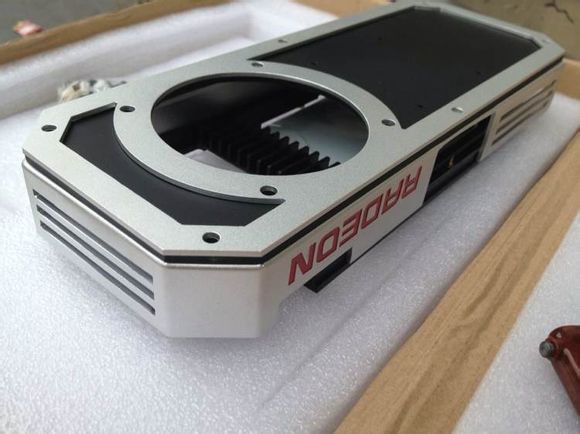I'm speculating without a solid basis, but if HBM is in the design, perhaps the water cooler is there because the DRAM is up close and personal with a ~200-250W slab of silicon? HBM does discuss pretty high thermal thresholds, measures like temperature-compensating refresh rates, and structural measures like dummy bumps and pillars to allow thermal dissipation in the stack, but it may not like the high temperature target that AMD has sort of designed itself into with its otherwise rather effective GPU power monitoring.
The following (not quite the same thing, but related given the authorship) seems to put a desired ceiling of 85 C for DRAM, and there's the matter of a significantly more dense thermal footprint with the chip package hosting so much silicon.
http://www.cs.utah.edu/wondp/eckert.pdf
Was there a clear shot of an external radiator for the rumored cooler?


